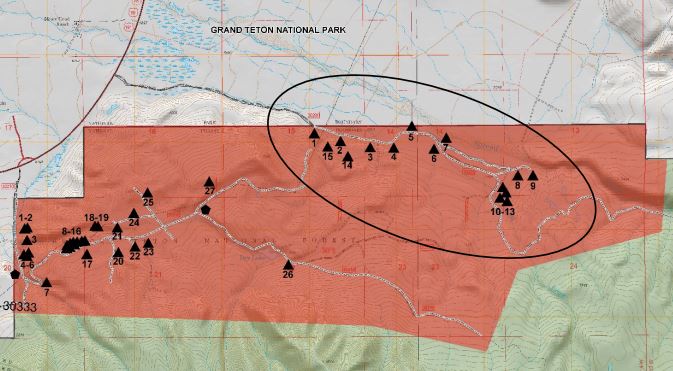What is Meant by Dispersed Camping?
Dispersed camping is a free way to explore nature
Dispersed camping allows you to explore nature without having to pay for a campsite. There are usually no rules or fees associated with dispersed camping, but you should check with the Forest Service for any requirements. Make sure to follow any local guidelines, including following the Leave No Trace Principles. Whether you’re camping in a national park or a state park, you’ll need to carry the proper supplies to stay comfortable. You’ll need to bury your own waste and pack out everything you used, as well as filter water before drinking and cooking. It’s also important to make sure that you’re not disturbing any wildlife.
Dispersed camping places are often in remote areas, and they may not have the amenities of a traditional campsite. They may not have water or electrical hookups, but they’re free and will help you explore nature. You’ll also be in a wilderness setting, so you may want to bring a tent. Camping with a tent is an excellent way to experience the pristine beauty of the countryside and get a feel for its wild side.
It requires a fire pit
A fire pit is an essential component of dispersed camping, especially if you’re staying on public land. Fire restrictions may vary from site to site, so be sure to check with a ranger before you go. It’s important to follow the rules regarding fire safety and leave no trace. Using a LavaBox or other portable fire container is an environmentally friendly alternative to a traditional fire ring. They’re easy to pack in and out and don’t leave behind ash or residue, making them ideal for dispersed camping.
Dispersed camping is the most common way to camp in the United States. Typically, you’ll find this style of camping on BLM or Forest Service land. In these places, you’ll find undeveloped campsites scattered along side roads or along streams. While dispersed camping is free and open to all, it usually means using an existing campfire ring.
https://www.youtube.com/watch?v=z3W6Gj0USEU
It does not require special permits
If you are looking to camp in the outdoors, dispersed camping may be the perfect solution. These activities are allowed on public lands, but there are some important guidelines. The first rule is that you must stay off the roads. Then, you should not congregate in groups larger than ten people. Additionally, you cannot leave your personal property unattended for more than 10 days at a time.
You should also ensure that you have proper sanitation arrangements in place. For example, you cannot dump waste directly into the ground. You need to use a trailer sanitation station or another suitable facility to dispose of any sewage. However, you can dump liquid wastes from washing or cooking on the ground, provided that it does not affect the water supply.
It is a good option for budget-minded travelers
Dispersed camping is a great option for travelers who don’t want to pay for the amenities of a regular campground. However, dispersed camping requires full preparation. It’s important to follow the seven Leave No Trace principles when camping in a dispersed location.
Traveling on a budget means finding ways to make it affordable. For example, car camping allows travelers to save money by using their own vehicles. If you’re traveling with a group, this option is especially appealing. Some car tents can fit in the cargo area of a vehicle.







